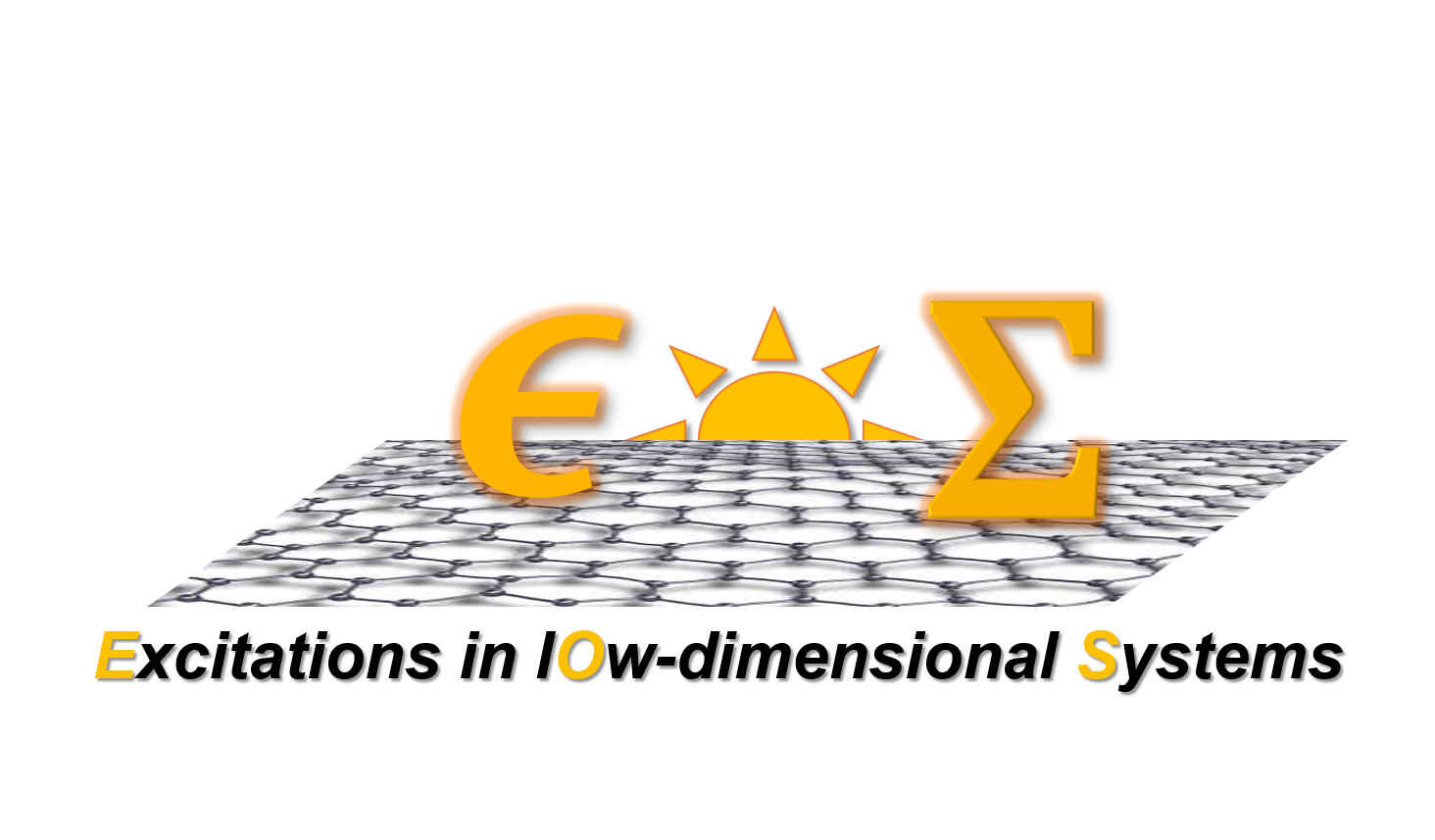Codes

exciting
We are part of the developers' team of the exciting code, conceived by Prof. Claudia Draxl and currently developed and maintained by her group at the HU Berlin.
exciting is an all-electron, full-potential code implementing density-functional theory (DFT) and many-body perturbation theory (MBPT), including a large variety of modules and tools for computing excitated-state properties in any material. It is an open-source code distributed under the GPL license.
More information about exciting can be found directly at the code webpage.
A number of p ost-processing tools have been implemented and are currently interfaced to
ost-processing tools have been implemented and are currently interfaced to exciting. We have been directly involved in the development of one of them, LayerOptics, for the calculation of macroscopic optical coefficients in anisotropic layered materials. Additional information about this tool are published on Comp. Phys. Comm. 201, 119 (2016). LayerOptics can be downloaded free of charge from this webpage.
Octopus
For the real-time description of optical properties of materials within and beyond the linear regime, we use open-source computer package OCTOPUS.
The latest version of OCTOPUS can be downloaded at this link.
MOLGW
 We use MOLGW for calculating electronic and optical excitations in molecular systems. It implements DFT woth a variety of exchange-correlation functionals including hybrid, as well as a complete suite of many-body perturbation theory (GW and BSE).
We use MOLGW for calculating electronic and optical excitations in molecular systems. It implements DFT woth a variety of exchange-correlation functionals including hybrid, as well as a complete suite of many-body perturbation theory (GW and BSE).
Quantum-ESPRESSO
We use Quan tum-ESPRESSO for calculating the structural and electronic properties of crystalline and periodic materials. Its efficient pseudopotential plane-wave implementation offers the optimal trade-off between accuracy and computational efficiency.
tum-ESPRESSO for calculating the structural and electronic properties of crystalline and periodic materials. Its efficient pseudopotential plane-wave implementation offers the optimal trade-off between accuracy and computational efficiency.
FHI-aims
We use FHI-aims to study structural, electronic, and vibrational properties of molecular and periodic materials. Its its efficient parallel implementation of implementation of all-electron DFT, DFPT, and GW together with rich library of exchange-correlation functionals make it the ideal tool to study a variety of problems in physical chemistry and condensed matter.
